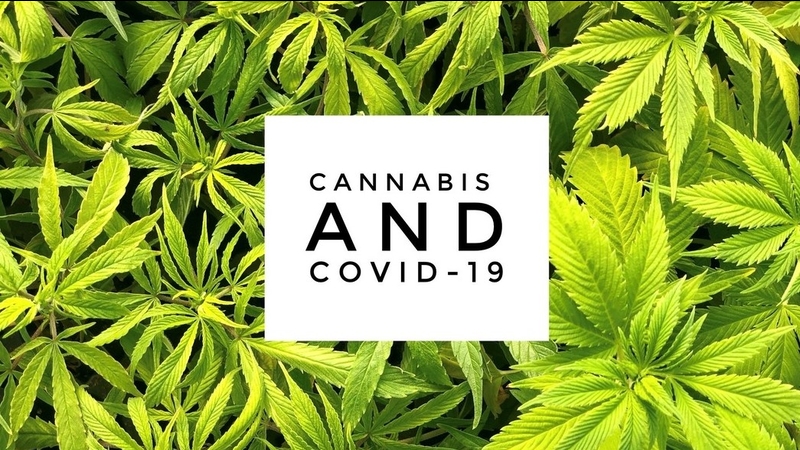
By Victor Omondi
Olga and Igor Kovalchuck are two Canadian researchers reputable for undertaking a study on a particular cannabis strain for several years now. The study’s objective was to end up with a strain that helps stop both cancer and inflammation.
The duo changed their gears when COVID-19 set in and have been seeking to know whether they’d use a strain of cannabis to help in the prevention of the new virus.
Their work was published back in April, and part of it reads, “Similar to other respiratory pathogens, SARS-CoV2 is transmitted through respiratory droplets, with potential for aerosol and contact spread. It uses receptor-mediated entry into the human host via angiotensin-converting enzyme II (ACE2) that is expressed in lung tissue, as well as oral and nasal mucosa, kidney, testes, and the gastrointestinal tract.”
After seeking reference from other scientific researches on cannabis, as well as COVID-19, Olga and Igor established that a special cannabis strain could, for a short while, close the doors to COVID-19 in the human body. This is because, according to them, cannabis would help reduce the levels of expression of our body’s receptors.
Secondly, the cannabis strain could also potentially bar the propagation of the coronavirus once it’s inside the body.
The study continues to say, “Cannabis Sativa, especially one high in the anti-inflammatory cannabinoid cannabidiol (CBD), has been proposed to modulate gene expression and inflammation and harbour anti-cancer and anti-inflammation properties.”
The two, therefore, claim to have developed more than “800 new Cannabis Sativa lines and extracts and hypothesized that high-CBD C. Sativa may be used to modulate ACE2 expression in COVID-19 target tissues.”
Despite being an unconfirmed fact, the above serves as a possible light at the end of the tunnel.
On the other hand, the two have indicated that different strains would work differently on a person. Despite the possibility of finding a strain that prevents or even treats COVID-19, some cannabis strains are likely to impact negatively on the user.










